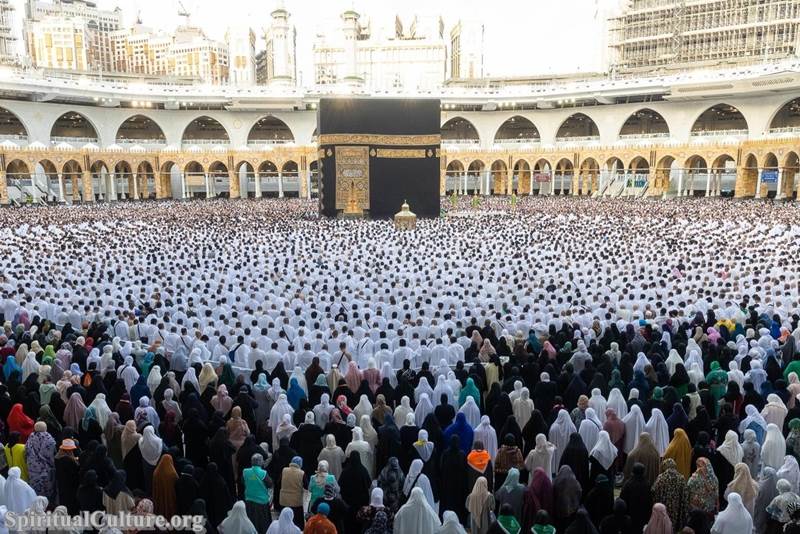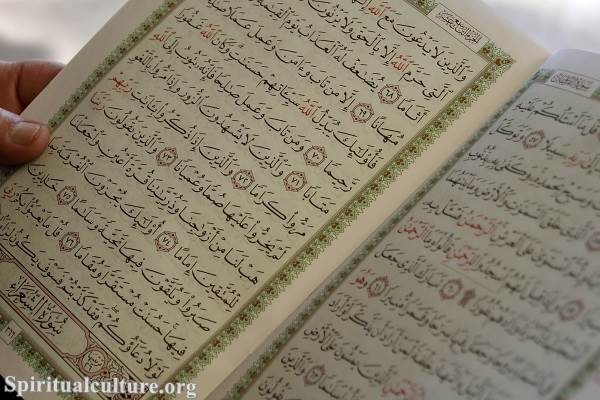This number can vary slightly depending on the source and the criteria used to define a “Muslim-majority country.”
A Muslim-majority country is typically defined as one in which more than 50% of the population identifies as Muslim.

Some countries with the largest Muslim populations include Indonesia, Pakistan, India, and Bangladesh. However, it’s important to note that not all Muslim-majority countries have Islam as their state religion.
Muslim-majority countries
Here’s a general list of Muslim-majority countries:
- Afghanistan
- Algeria
- Azerbaijan
- Bahrain
- Bangladesh
- Brunei
- Burkina Faso
- Comoros
- Djibouti
- Egypt
- Gambia
- Guinea
- Guinea-Bissau
- Indonesia
- Iran
- Iraq
- Jordan
- Kazakhstan
- Kuwait
- Kyrgyzstan
- Lebanon
- Libya
- Malaysia
- Maldives
- Mali
- Mauritania
- Morocco
- Niger
- Nigeria
- Oman
- Pakistan
- Palestine
- Qatar
- Saudi Arabia
- Senegal
- Sierra Leone
- Somalia
- Sudan
- Syria
- Tajikistan
- Togo
- Tunisia
- Turkey
- Turkmenistan
- United Arab Emirates (UAE)
- Uzbekistan
- Yemen
It’s important to verify this information as geopolitical changes can affect countries’ demographics and religious composition. Additionally, some countries may have diverse religious populations, and Islam may not be the only or predominant religion in all regions.




